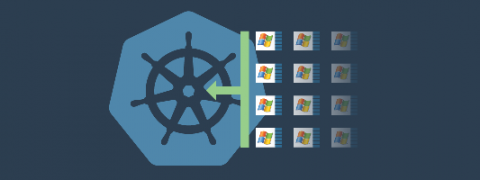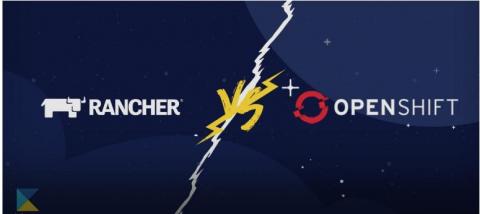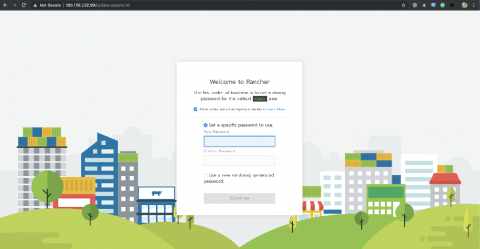Migrate Your Windows 2003 Applications to Kubernetes
There’s no one-size-fits-all migration path for moving legacy applications to the cloud. These applications typically reside on either physical servers, virtual machines or on premises. While the goal is generally to rearchitect or redesign an application to leverage cloud-native services, it’s not always the answer.










